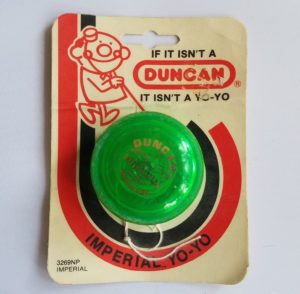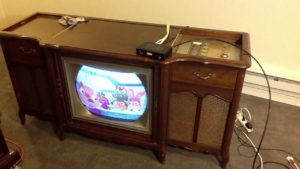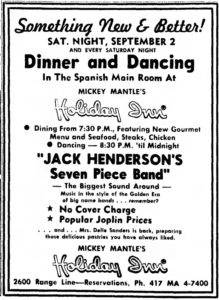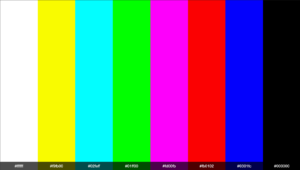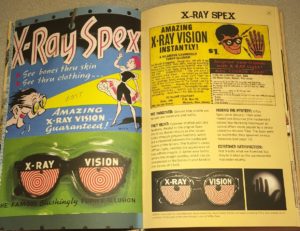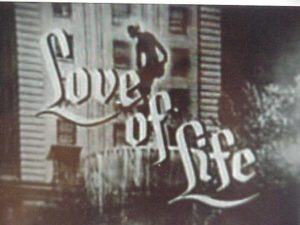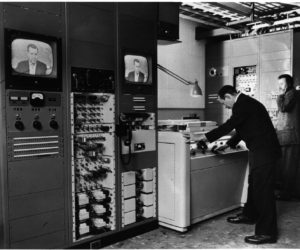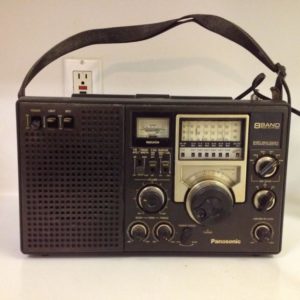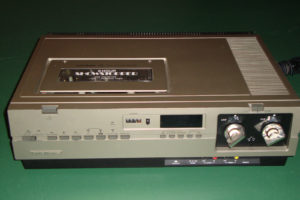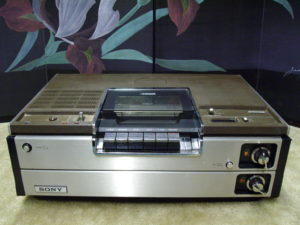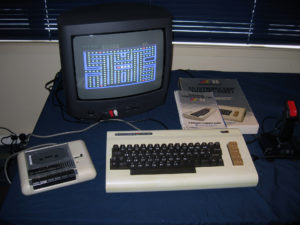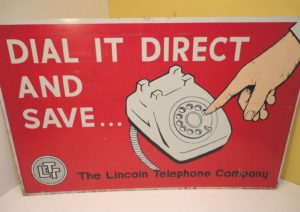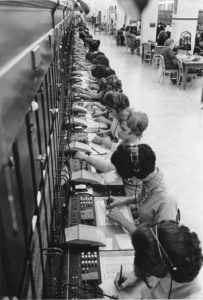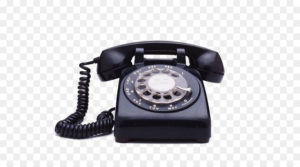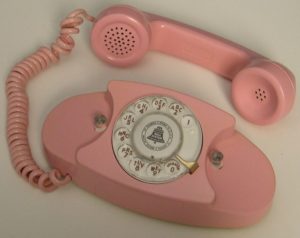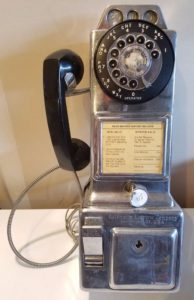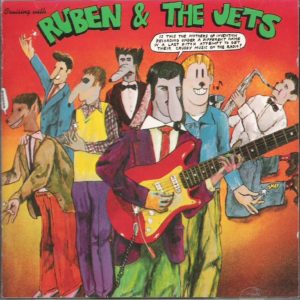
As we moved from the 60’s into the 70’s, we discovered something. We didn’t like the 70’s. Student protests turned into student apathy as the draft slowed down and finally disappeared. Everyone quit fighting for causes, and instead sat around thinking about themselves. Early in the decade, some termed it narcissistic.
I remember missing the 60’s very much by about 1972. I missed the Beatles. I missed Get Smart. Entering my tumultuous teen years, I missed the more carefree days of being a little kid.
Apparently, I wasn’t the only one pining for the past. Because the early 70’s saw an unprecedented wave of nostalgia sweep the US, which stayed around right up until the start of the 80’s. We all wanted to go back in time, and the decade that was most sought after was the 1950’s.
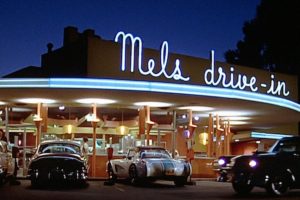
By and large, the nostalgic wave was kicked off by George Lucas’s brilliant low-budget smash American Graffiti. Lucas must have sensed the Boomer generation missing its youthful days when he envisioned a film about his own youthful cruising of Modesto’s strip in hot rods circa 1962. But he probably didn’t foresee what a smash the film would be, and the continuing flow of nostalgia that would follow.
The soundtrack became a Top Ten album. Songs that had been on the singles charts in the 50’s reappeared. And Wolfman Jack was given his due as one of the greatest DJ’s of all time.
But we wanted more! So the next year saw Happy Days appear on TV, starring none other than AG‘s Ron Howard. Though the show was eagerly watched by Boomers, the rest of the country didn’t catch on right away. But by 1976, it was the #1 rated show on TV, and it propelled ABC from its traditional distant third place into the top network on television.
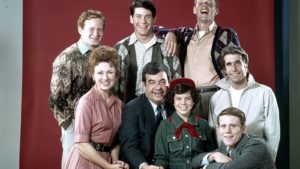
Personal note: I loved the first season the best, when Fonzie was a side character who was very intimidating for the others to even talk to. When he was made the focus of the show, it suffered. Never mind the fact that he was the original shark jumper.
Happy Days spun off successful shows of its own, and I remember going to lots of 50’s parties about the time I got old enough to drive. And the commercials! My favorite was a 7Up ad featuring a ghostly 1950’s teenager who fades into and out of the commercial while a great doo-wop song blares in the background. YouTube has a plethora of old 7Up commercials, but I didn’t find this one.
Predating American Graffiti by two years was an off-broadway play called Grease. It scored great reviews and got lots of attention. It opened on Broadway in 1972 and drew huge crowds throughout the decade. A movie was eagerly anticipated, and in 1978 was released.
Grease vaulted the careers of already successful John Travolta and Olivia Newton-John. It also garnered a #1 single for 60’s veteran Frankie Valli. And it brought on another tidal wave of 50’s nostalgia right in the heart of the disco era.
As we moved into the 80’s, the obsession with the 50’s finally began to wane. But it remains a hot era even in our time, as the recent smash success of Hairspray proves.
What genuinely surprised me was that we finally even got nostalgic about the 70’s! Dazed and Confused and That 70’s Show were big hits in their own right, although the popularity of 70’s nostalgia has never approached that for the 50’s.
But hey, the new century is still young. Let’s wait and see where longing for the past takes us next.
